 |
| September 11, 2020 |
Dear Reader,
How do you know you're not the only conscious being in existence? "You experience your own mind every waking second, but you can only infer the existence of other minds through indirect means," writes columnist John Horgan in our lead story. Horgan says this is a central dilemma of human life and calls it "the solipsism problem," or the problem of other minds. Read his piece below to learn more. In climate news, August was insanely hot for several states in the Western U.S. One of today's featured articles explains how the record high temperatures have intensified wildfires in the region. And, a recent adjustment to the radiocarbon-dating process may prompt scientists to reevaluate the age of sites, artifacts and events around the world. |
| | Sunya Bhutta, Senior Editor, Audience Engagement
@sunyaaa | |
 |
| |
| |
| |
| |
| |
| Energy Bricks Can Be Turned into Batteries Pumping cheap iron-oxide-rich red bricks with specific vapors that form polymers enables the bricks to become electrical-charge-storage devices. |  | By Shahla Farzan | 02:02 | | | |
| |
FROM THE STORE
 | | Scientific American Print & Full Archive For $99 per year, your Print & Full Archive subscription includes 12 print and digital issues with full digital archive access back to 1845 and Android and iOS app access. |  | | |
| |
FROM THE ARCHIVE
 | | | |
LATEST ISSUES
 |
| |
| Questions? Comments?  | |
| Download the Scientific American App |
| |
| |



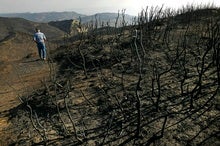
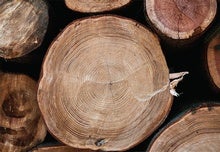


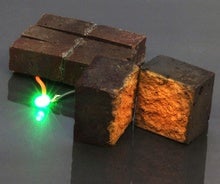

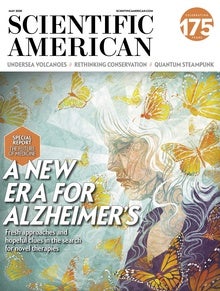

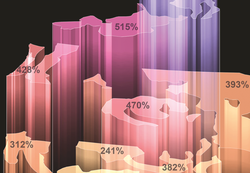
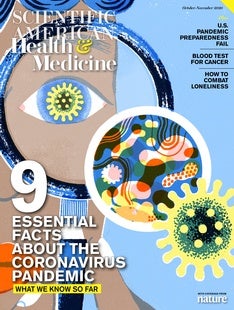

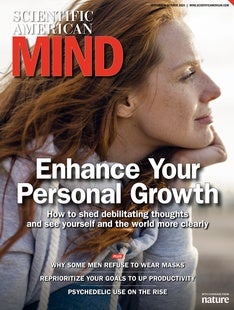
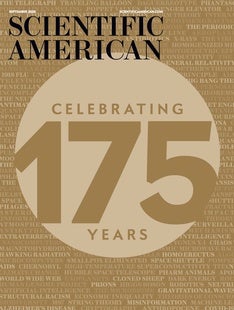
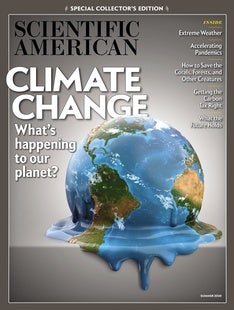



Comments
Post a Comment